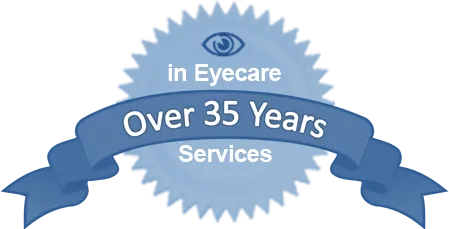Prism Therapy FAQs
Not many people have heard about Prism therapy. It is a procedure used to treat patients with vision problems that stem from an injury or condition that affects the oculomotor system. In these patients, the eye does not track objects in the real world in the way that it should. You might think of it as being similar to a rifle that has a maladjusted scope. When the user attempts to fire at a given point, the projectile is off the mark. Prism therapy aims to correct the neurological diversion of the patient’s eye and her or his intended point of focus.
What Is Prism Therapy?
Prism therapy, or prism adaptation therapy, is used to treat losses in visuospatial ability in patients with certain neurological disorders.
How Does Prism Therapy Work?
Prism adaptation therapy helps patients achieve better oculomotor control by helping them to compensate for measured losses in oculomotor control. A prism is a device that diverts light without focusing or diffusing it, splitting white light into its component colors. By exposing the patient to calculated diversions of light and image, the visual system can be stimulated into compensating for the change.
How Are Prisms Used in PT?
The two primary ways prism therapy is used are compensatory and therapeutic prism vision therapy. The purpose of compensatory PT is to reduce the workload of the patient by compensating for visual acuity defects. Therapeutic PT increases the workload on the patient’s visual system in order to strengthen it.
How Does the Visual System Respond to PT?
There are four primary ways in which the visual system can and may respond to prism therapy. It could not respond at all, in which case the resulting image is blurry or doubled. This can be remedied by making changes in the way the prism is deployed. The second way the visual system may respond is with a blurry and a non-double image. It could also respond with a clear and a double image or a clear and single image.
What Vision Training Techniques Are Used?
The four techniques your eye doctor may use are:
1. To stimulate eye movement toward the apex of the prism
2. To stimulate convergence on a given point
3. To stimulate divergence from a given point
4. To decrease suppression
These probably all sound rather cryptic, but these are just the different ways your optometrist can use prism therapy to adjust damaged vision.
To learn more about prism therapy, get in touch with the optometry experts at Village Optical in New Hyde Park, NY, today. Our caring professionals are standing by an answer your questions and schedule your initial consultation.




